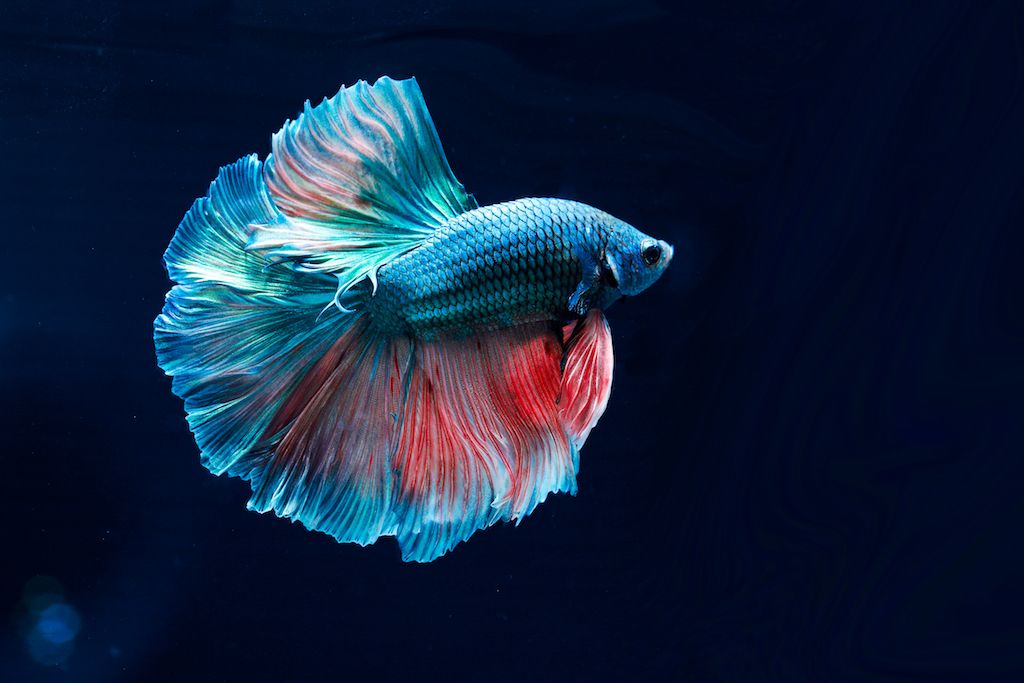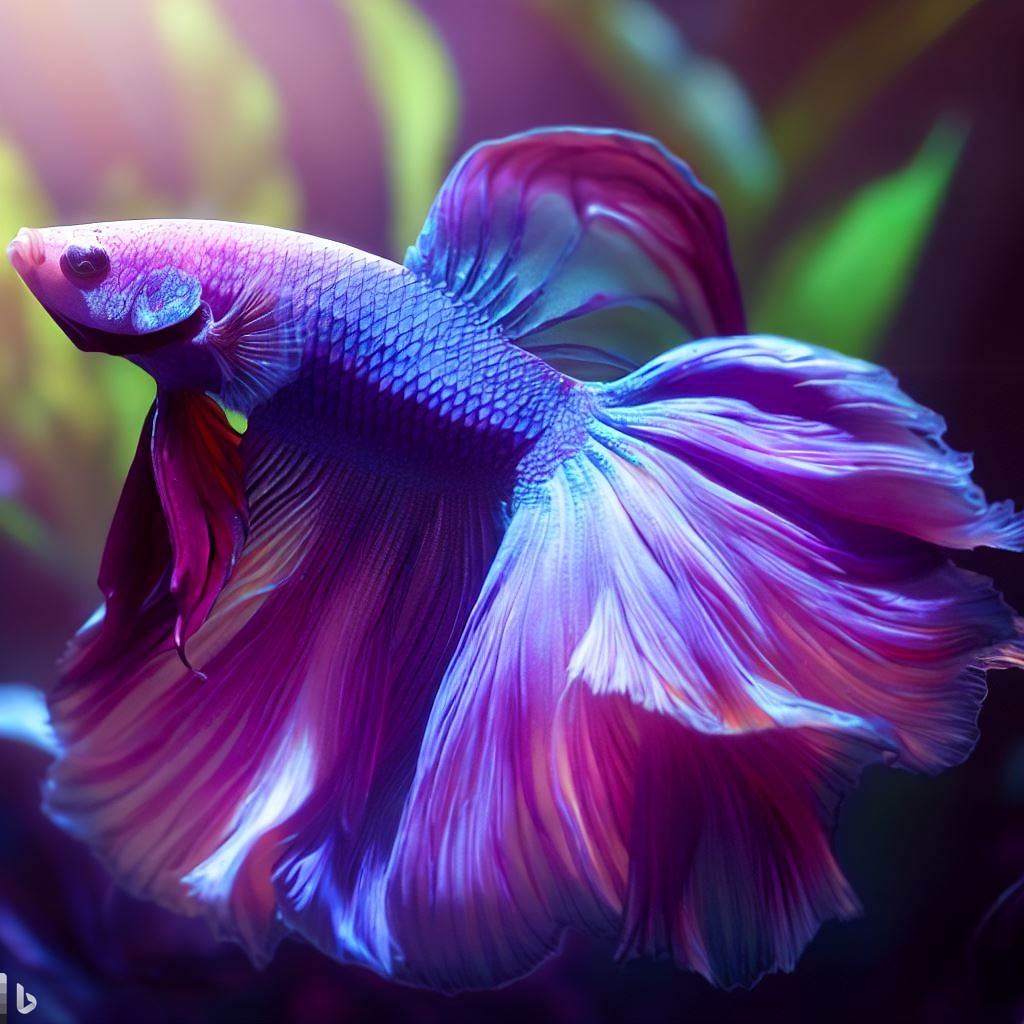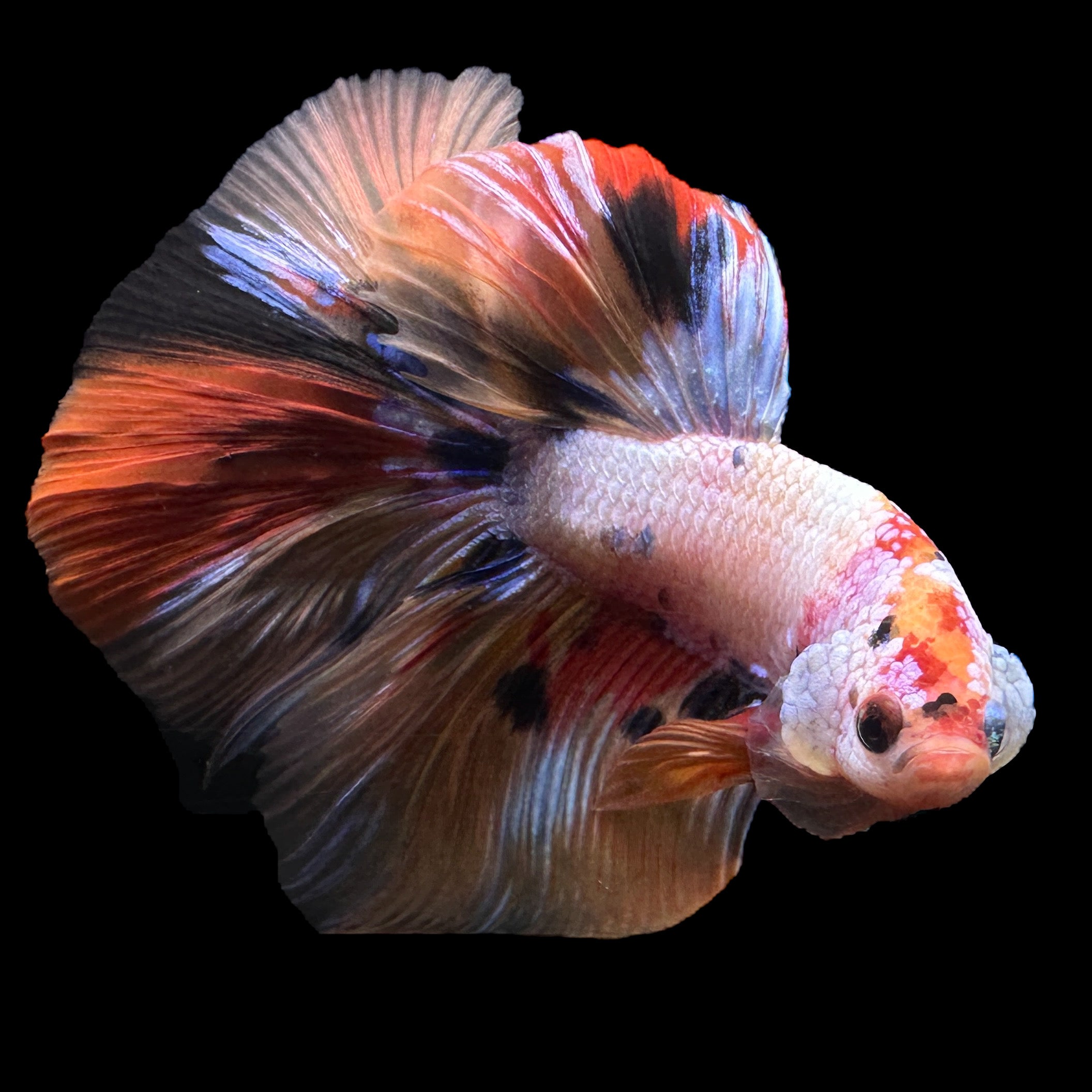How to Create the Perfect Betta Fish Habitat in your home
How to Create the Perfect Betta Fish Habitat in your home
Blog Article
Reproducing Betta Fish: a Comprehensive Step-By-Step Overview to Effectively Raising Child Bettas From Eggs to Adulthood
Reproducing Betta fish is a careful endeavor that calls for careful planning and execution to make certain the effective growth of fry from eggs to mature fish. Choosing genetically diverse breeding pairs with preferable qualities is just the beginning; creating an optimal setting and understanding the intricacies of the breeding process are equally essential. As the male Betta diligently constructs a bubble nest and guards the precious eggs, the subsequent phases of treatment and change need focus to information and knowledge of finest methods. How does one browse the challenging yet fulfilling course of supporting these vivid animals to the adult years?

Selecting Reproduction Pairs
When getting started on the trip of reproducing Betta fish, picking the right breeding sets is crucial to attaining preferable traits and a healthy and balanced family tree - betta fish. The primary step in this process is to identify the certain traits you desire to boost or maintain, such as shade, fin type, and body form. It is necessary to pick genetically varied sets to prevent inbreeding, which can bring about health concerns and undesirable attributes
Evaluate possible reproducing candidates carefully. A healthy male Betta must exhibit vivid shades, an energetic attitude, and well-formed fins, while the female ought to likewise present vivid coloration and a rounded stomach, showing preparedness for spawning. Observing the character of both fish is essential, as hostile or extremely shy people may not breed successfully.
Documents of lineage is equally vital. Maintaining records of the moms and dad fish's ancestry can assist you track genetic attributes and potential problems. Furthermore, seek advice from reliable dog breeders or online sources for advice on picking compatible pairs. Ultimately, spending time in the selection process will considerably boost the chance of creating strong, vibrant spawn that meet your reproduction objectives (betta fish).

Preparing the Breeding Container
Producing an optimum breeding atmosphere is a vital action after picking ideal pairs for Betta fish. The breeding container ought to be particularly developed to offer comfort and stimulate the all-natural reproduction actions of the fish. Begin with a storage tank dimension of at the very least 10 gallons to make certain sufficient space for both the male and women Bettas.
Preserve a gentle purification system to keep the water clean while staying clear of strong currents that can stress the fish. Furthermore, an air rock can be included to provide oxygenation without interfering with the water surface way too much.
Temperature regulation is important; go for a secure series of 78-82 ° F(25-28 ° C) making use of a trustworthy heating unit. The pH level should be kept in between 6.5 and 7.5, and normal water changes are essential to guarantee high water high quality.
Incorporate floating plants or generating sponges to create concealing areas for the lady, while likewise encouraging bubble nest structure by the male - betta fish. Finally, make sure the container is without sharp decors and any kind of possible hazards, as the well-being of the fish must always be prioritized during this crucial phase of reproduction.
The Breeding Process
Normally, the breeding procedure for Betta fish includes a collection of distinctive and visible behaviors that indicate readiness for recreation. The male Betta begins by developing a bubble nest at the water's surface area, which works as a site for the fed eggs. This nest is vital, as it supplies a risk-free setting for the eggs up until they hatch out.
When the nest is developed, the male will certainly show courtship behaviors, such as flaring his fins and showing vivid colors to bring in the female. The female, upon sensing the man's readiness, will certainly respond by presenting vertical red stripes along her body, signifying her receptiveness.
When the women techniques, the male participates in a breeding dance, often leading to an embrace called the "spawning." During this accept, the woman releases her eggs, which the male fertilizes right away. The fertilized eggs then fall to the bubble nest, where the male very carefully collects and returns them to the nest. Following this, the male presumes responsibility for safeguarding the nest and making More about the author certain the security of the eggs until they hatch, commonly within 24-36 hours. This stage is important in the breeding procedure, laying the structure for effective fry growth.
Caring for Betta Fry
Looking after Betta fry calls for cautious interest to their setting and nourishment to make sure healthy and balanced development and growth. After hatching, Betta fry are incredibly small and susceptible, demanding a steady and clean environment. Maintaining a water temperature between 78 ° F and 80 ° F is essential, as Betta fry thrive in cozy conditions. Furthermore, make sure that the water is devoid of dangerous contaminants; regular water adjustments of 10-20% are suggested to keep optimal water quality.
Feeding Betta fry is just as important. Initially, they ought to be supplied infusoria or carefully crushed high-quality fry food, as their mouths are as well tiny to deal with larger fragments. As they expand, you can slowly introduce larger foods, such as baby brine shrimp or powdered flakes, to ensure they obtain adequate nourishment. Feed them small amounts numerous times a day, taking care not to overfeed, which can lead to water quality issues.
Transitioning to Grownup Bettas
As Betta great site fry mature, transitioning them to adult Bettas is an essential stage that calls for careful monitoring of their atmosphere and social interactions. This process usually begins when the fry get to around 6 weeks of age, at which point they can be slowly introduced to a more organized living environment.
To facilitate this shift, it is important to make certain that the water parameters-- such as temperature, check my source pH, and ammonia levels-- are ideal and secure. Adult Betta fish prosper in warm water (around 78-80 ° F) with a pH of 6.5 to 7.5. Progressively accommodate the fry to these problems to reduce stress and anxiety.
Social communications are one more crucial aspect; man Bettas are infamously territorial and aggressive. As a result, it is recommended to separate males into private containers as they mature. Female Bettas can be housed with each other, yet care needs to be required to check for indicators of hostility.
Furthermore, dietary modifications must be made as the fry expand. Include high-quality pellets and live foods to sustain their development and wellness. By handling these variables effectively, you can promote an effective shift to their adult years for your Betta fish.

Verdict
Successful breeding of Betta fish calls for cautious focus to detail throughout the entire process, from picking genetically varied pairs to giving optimum take care of fry. By ensuring ideal breeding problems and preserving water high quality, the possibility of healthy spawn increases substantially. In addition, a balanced diet regimen and progressive adaptation to adult atmospheres are important for the growth and growth of Betta fish. Complying with these actions diligently promotes a thriving population of Betta fish, improving both their health and wellness and vigor.
Report this page